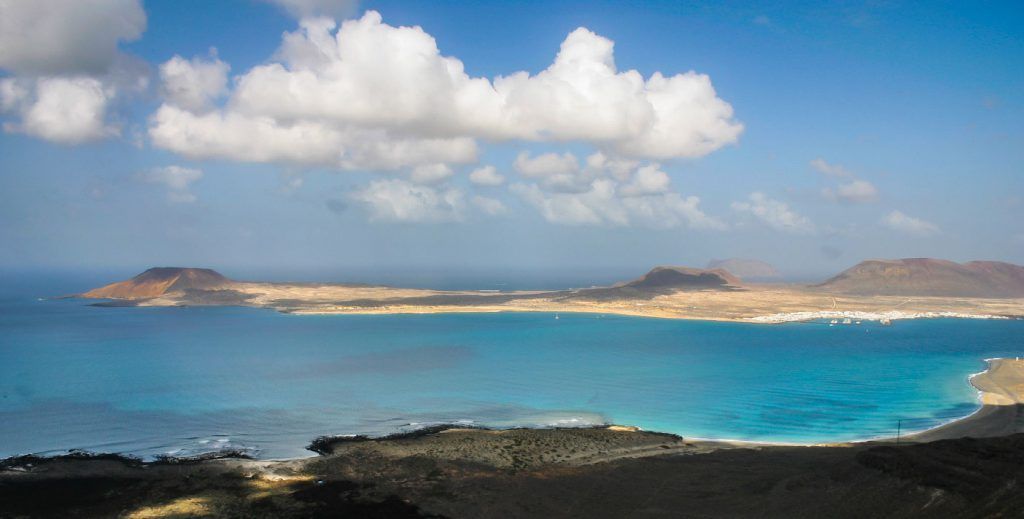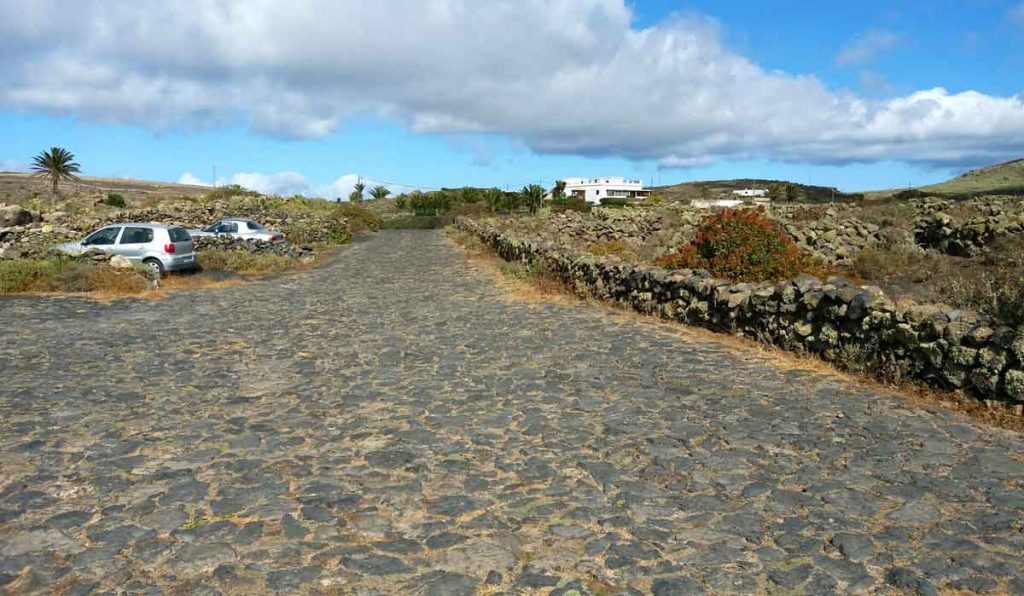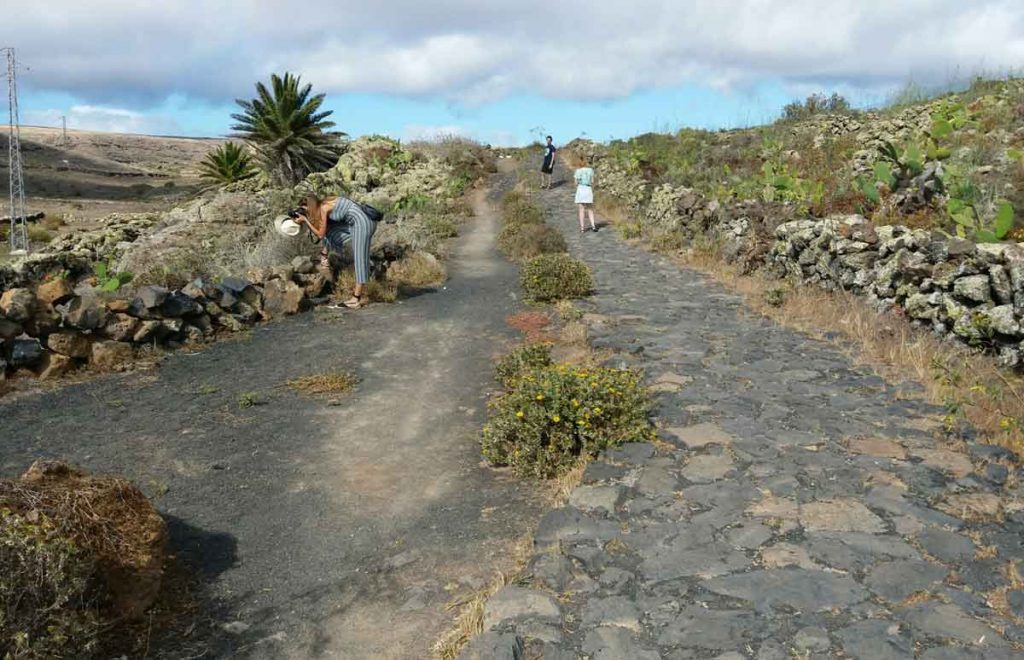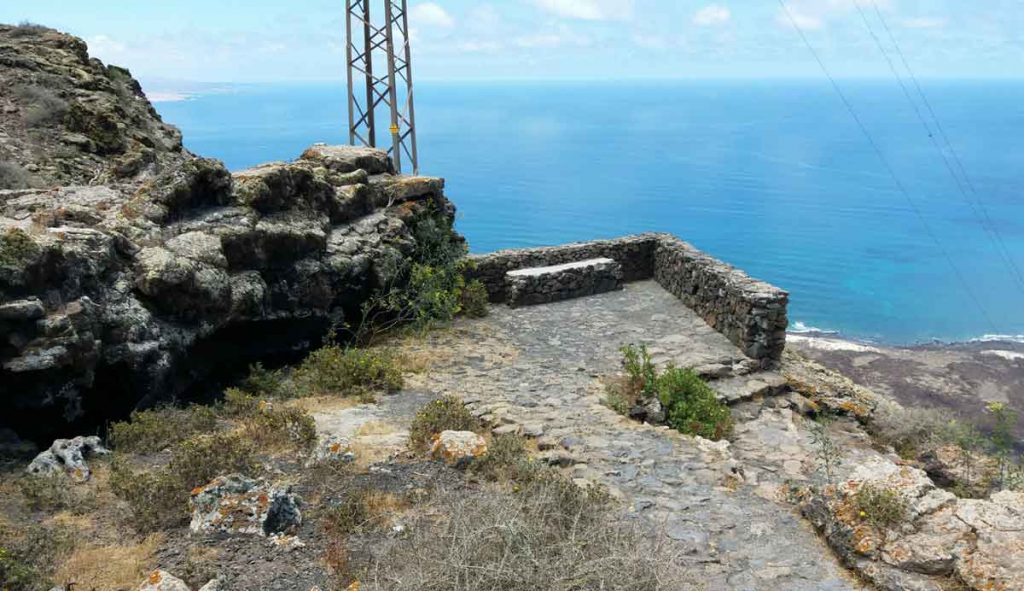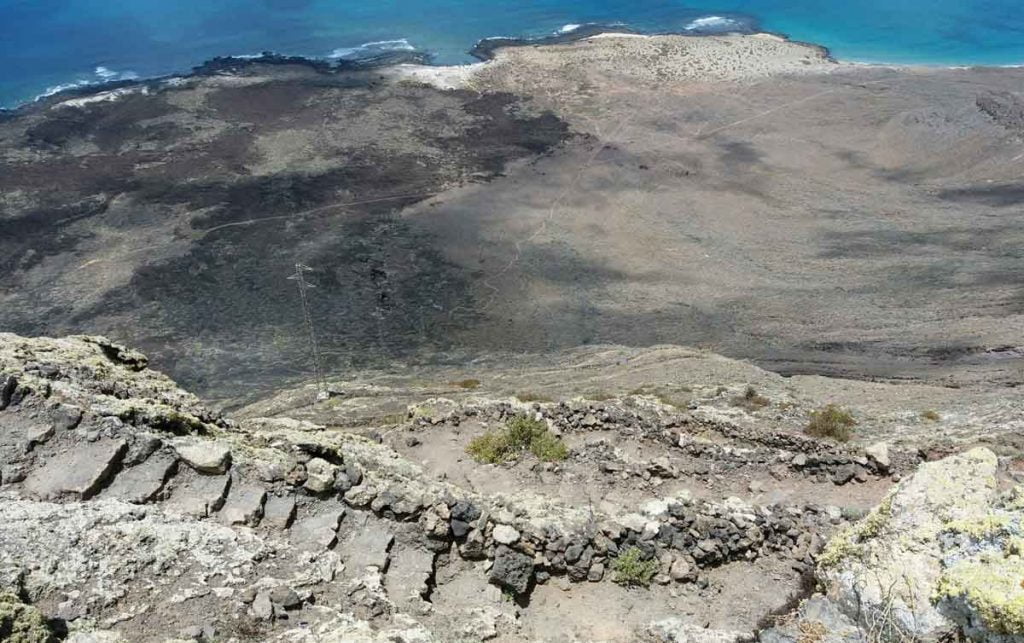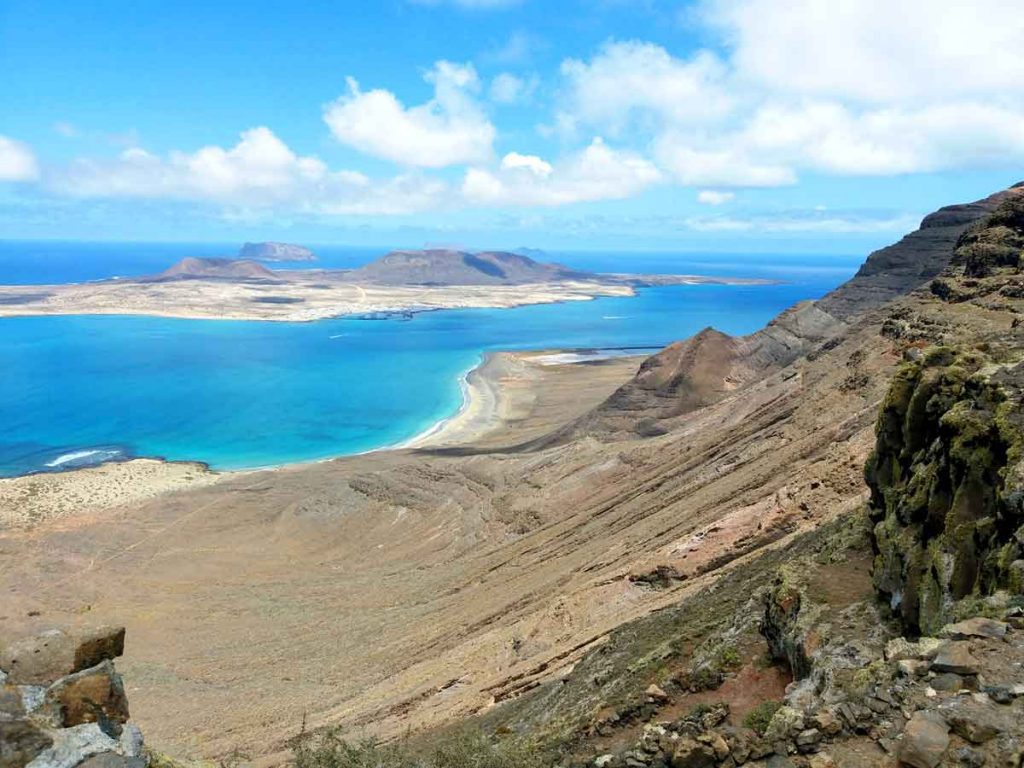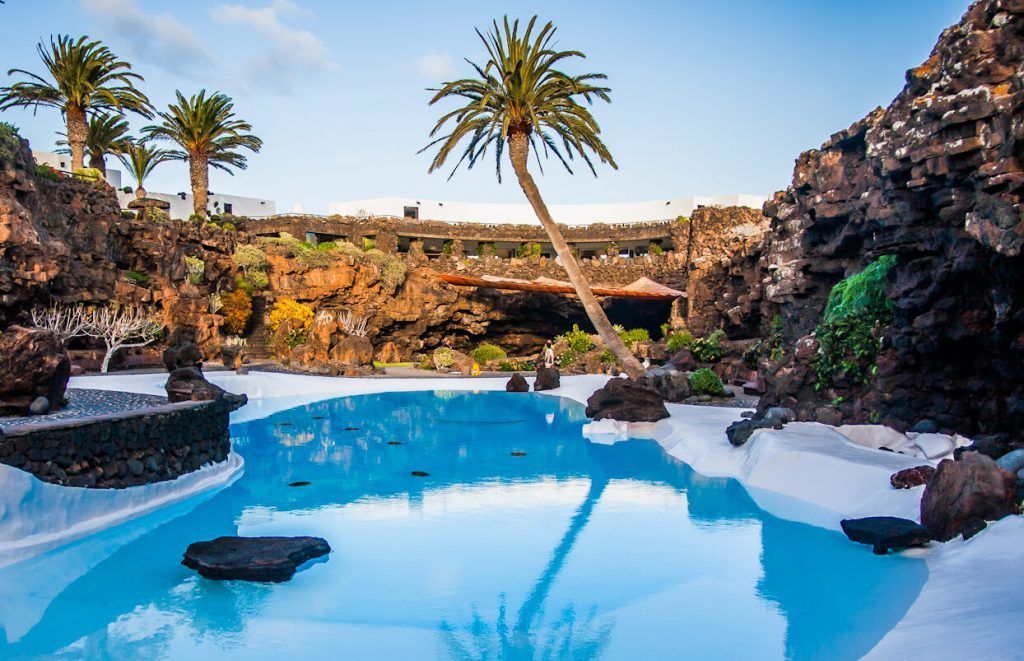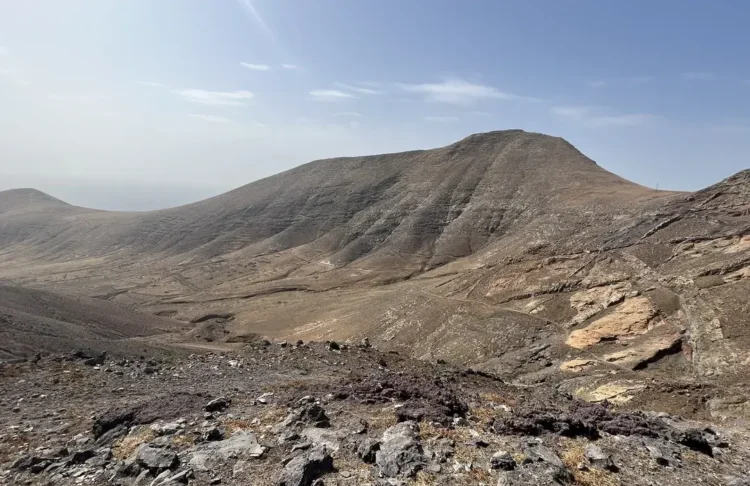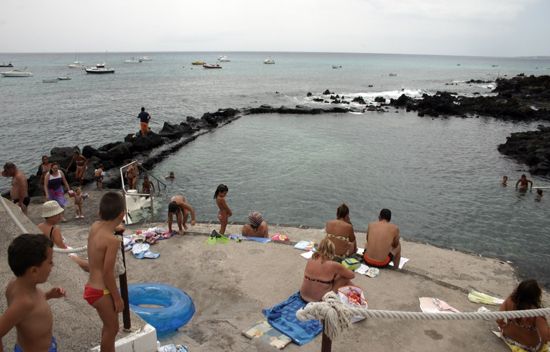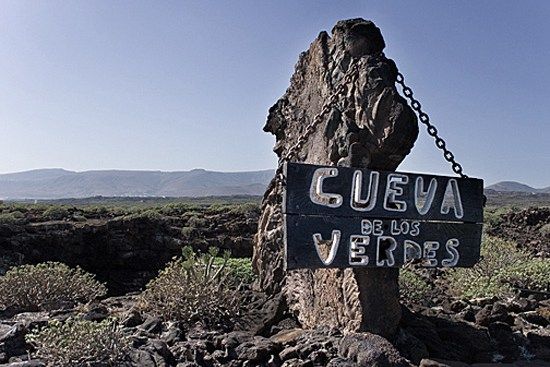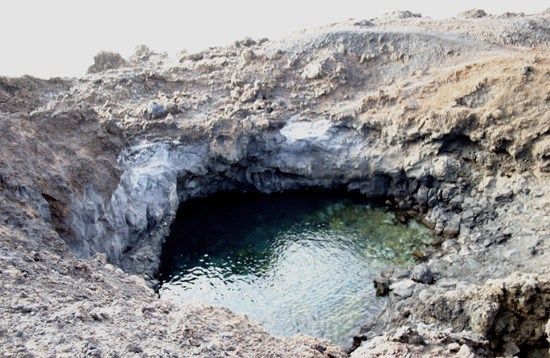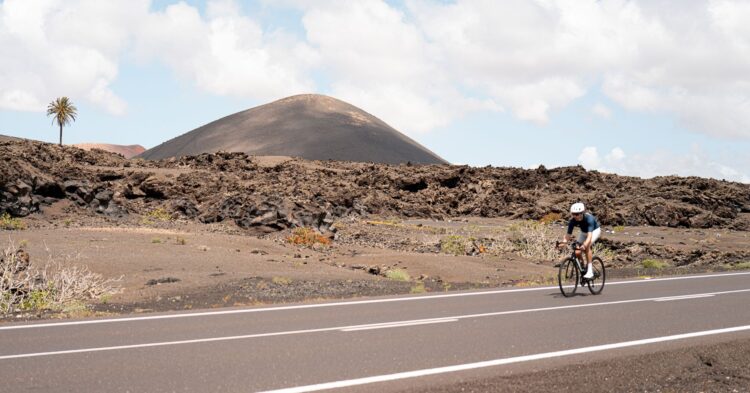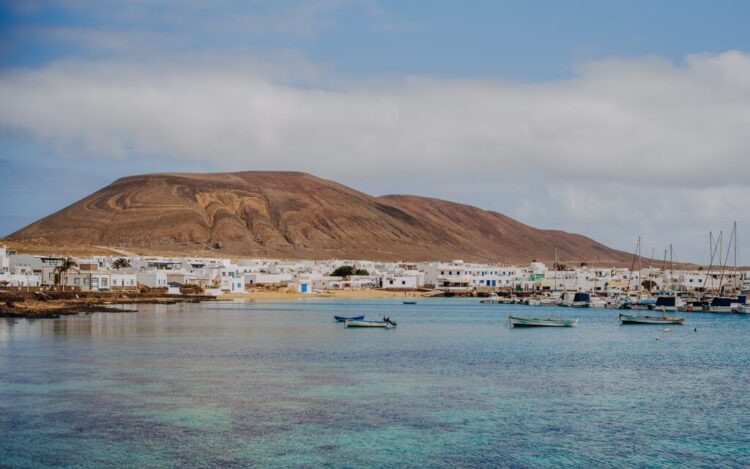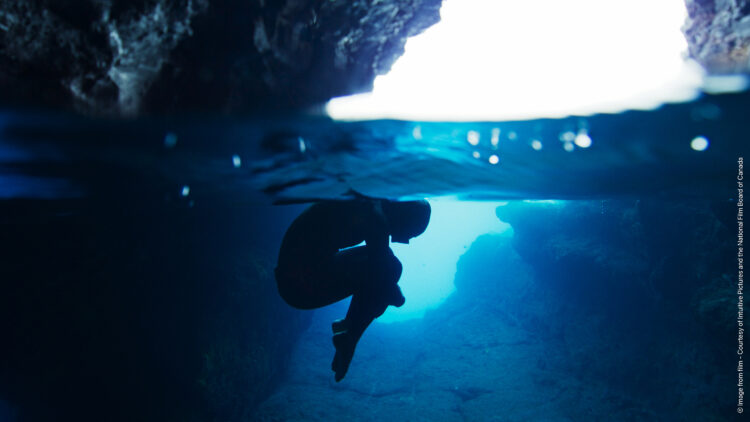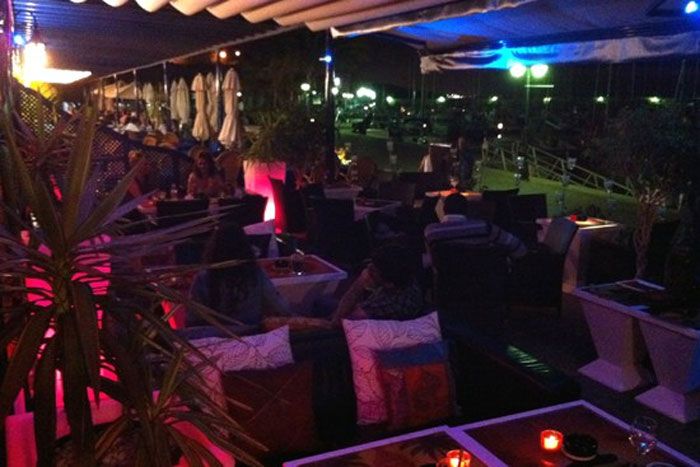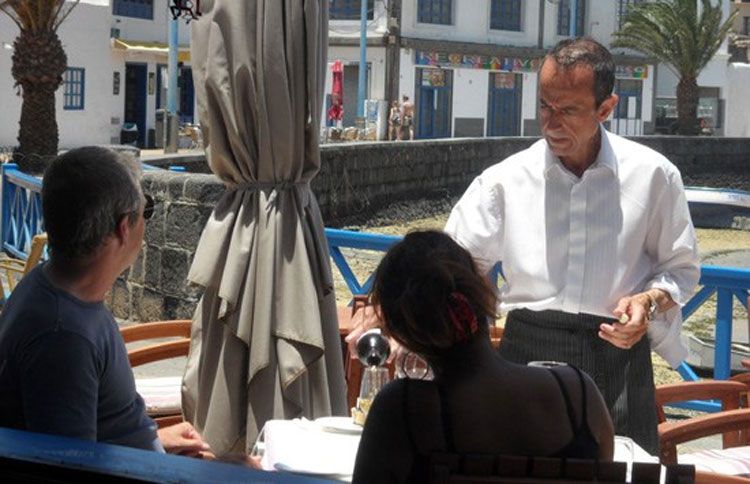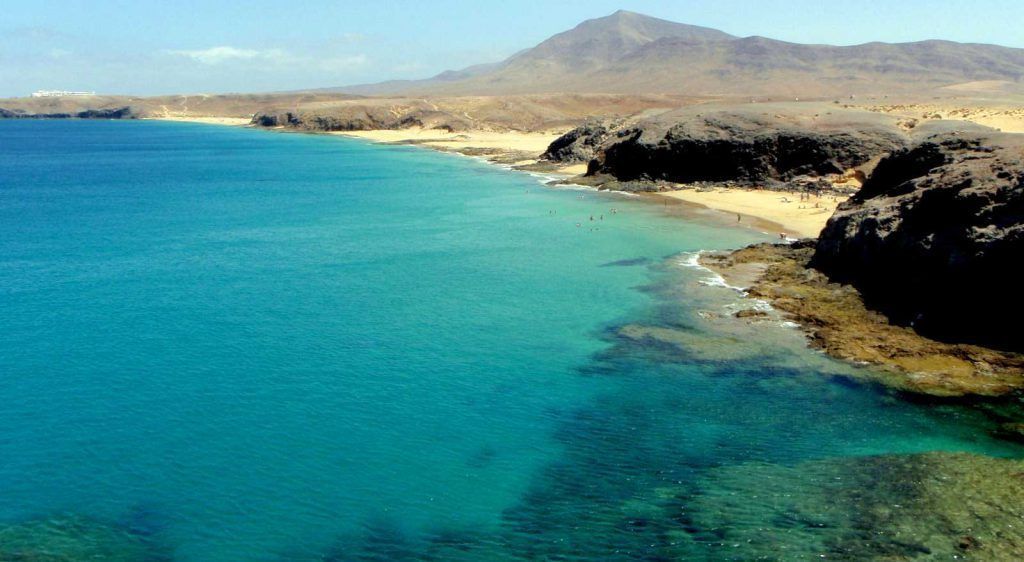Camino de los Gracioseros
Para realizar el antiguo Camino de Los Gracioseros que te llevará a la preciosa Playa del Risco, debes acceder en coche hasta las cercanías del Mirador de Yé.
A la salida del pueblo de Yé, en dirección a Guinate, encontrarás un cartel que anuncia un desvío hacia el Mirador del Río.
Unos 300 metros después de haber tomado esta salida podrás ver a tu derecha el hotel rural Finca La Corona.
Trás visualizar este conjunto de villas rurales, a tu izquierda verás un amplio camino empedrado.
Accede al mismo con tu vehículo. Normalmente hay espacio para estacionar.
Una vez estacionado el coche, sigue la vereda de piedra natural.
En menos de 5 minutos llegarás hasta un coqueto mirador desde donde verás la espectacular estampa del Archipiélago Chinijo.
Desde este mirador, si miras hacia abajo, se percibe con nitidez el camino en zig zag que nos situará en la Playa del Risco.
En días despejados se logra contemplar La Graciosa, Montaña Clara, Roque del Oeste y Alegranza.
Junto a la Playa del Risco, un poco más a la derecha, se observan las Salinas del Río.
Un sendero exigente
Este sendero en sí es sencillo, pero se hace bastante exigente a nivel físico por la fuerte pendiente.
En poco tiempo y en muy poca distancia pasarás de los 600 a los 0 metros del nivel del mar.
Además, el exceso de piedra obliga a estar muy concentrados sobre el firme que pisamos.
Por este motivo no lo recomendamos para realizar con niños.
Lo suyo sería aprovechar los extremos de cada zigzagueo para contemplar la maravillosa vista, pero también para volver la mirada al camino transitado y dejarnos llevar por la fortaleza visual del risco de Famara.
Por ello, no está de más hacer un buen calentamiento físico previo, con especial atención a los ejercicios de piernas.
Es muy importante llevar ropa y calzado cómodo y adecuado.
Así como abundante agua, algo de alimento que aporte energía, gorra y crema solar.
Además de por las espectaculares fotos, será conveniente que no olvides llevar tu móvil por si surge algún inconveniente.
Llegando al objetivo
A los 45 minutos aproximados de caminata, la fuerte pendiente se suaviza a la vez que el sendero gana en anchura y comodidad.
Estamos a los pies de la Playa del risco, que se muestra muy apetecible por sus tranquilas aguas y la calidad de su arena.
La estancia en la playa resulta aprovechable para visitar las Salinas del Río, las primeras de las que se tiene constancia en Canarias.
Actualmente están en desuso, pero mantienen su particular estructura que unido a su enclave le confiere un encanto particular.
La hora del duro ascenso
La vuelta al punto de inicio se realiza por el mismo camino.
Normalmente se emplea algo más de tiempo en subirlo que en bajarlo, aunque dependerá de tu forma física y mental.
Físicamente resulta exigente. Recomendamos que se aborde sin prisa alguna, regulando bien la respiración y tomando las paradas que sean convenientes para retomar fuerzas y oxígeno.
Alcanzar el mirador de Yé se hace muy agradable. Es un buen sitio éste para, nuevamente, hacer unos buenos ejercicios de estiramientos.
Sus piernas se lo agradecerán con el paso de las horas.
Un sendero con mucha historia
La ruta tuvo mucha historia de intercambio social y comercial entre La Graciosa y Haría.
En los restaurantes de Caleta del Sebo, en concreto en Girasol, cuelgan algunas fotografías que reflejan a las mujeres gracioseras transportando cestos cargados de pescado y sal.
Desde el punto de vista de la vegetación, este enclave constituye uno de los puntos más completos de la isla.
Según señala Nieves Morales, directora de la Casa de los Volcanes de Lanzarote, la zona «alberga los distintos tipos de comunidades vegetales existentes en Lanzarote, de ellas 19 son endémicos de Lanzarote e islotes y 14 exclusivos del Risco de Famara».
En el camino, pues, se podrán observar distintas especies como el bobo, aulagas, veroles, tuneras, vinagreras o tojio.
El silencio abrumador del espacio se rompe por los chirridos de las abundantes colonias de aves como la pardela cenicienta, el águila pescadora o guincho, el halcón peregrino y los cernícalos.
También resulta común ver perdices, guirres, tórtolas y palomas, entre otras especies.
En esta zona abundan los conejos, por lo que, en ocasiones, podrás encontrarte con cazadores, sus hurones y perros olfateando el espacio en busca de una presa.
Mapa del sendero Camino de Los Gracioseros
Para antes y después: De manera más sosegada podemos tomar un refrigerio con vistas al río y el Archipiélago Chinijo desde el Mirador del Río. Desde este punto se perciben las salinas y la playa del risco. Si concluimos el ascenso entre las 13:00-13:30 horas, el pescado de Amanecer de Arrieta es una muy buena opción para recuperar fuerzas.
Nota: Ocio Lanzarote agradece el trabajo fotográfico de Dani Stein que ilustra esta entrada informativa. Sus fotos.

